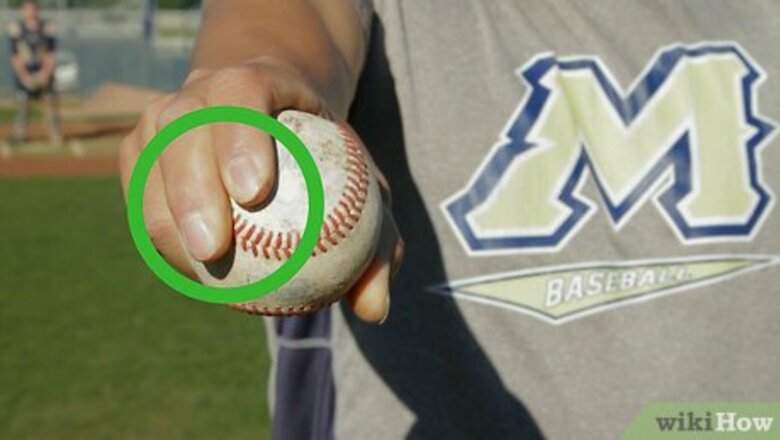
views
Gripping the Ball
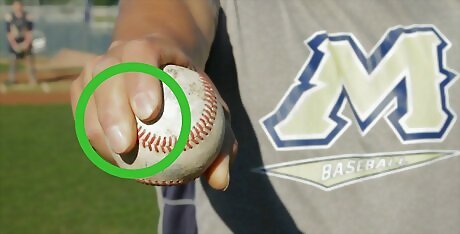
Place your index and middle fingers. Grip the baseball with your index and middle fingers placed tightly together across an outer seam of the ball located at the horseshoe or U-shape seam. For right-handers, place your middle finger across the right half of the seam. Left-handers should do the opposite: place your middle finger across the left half of the seam. This should position your fingers towards the outside of the ball (off-center).
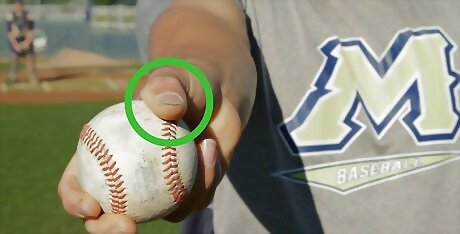
Place your thumb. Place your thumb under the opposite inside seam of the ball. The further your thumb is from your other 2 fingers, the more the pitch will drop. The closer your thumb is to your other two fingers, the more it will slide. If your index and middle fingers are at a 10 or 11 o'clock position, your thumb should be at a 4 or 5 o'clock position.
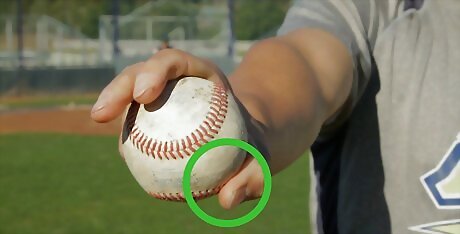
Put pressure on your index finger. Hold the pitch so that the most pressure comes from the thumb-side of your index finger. The key to gripping a slider is holding the outer third of the ball. Putting pressure on your both your index and middle fingers will cause the pitch to balance out, or become a cutter.
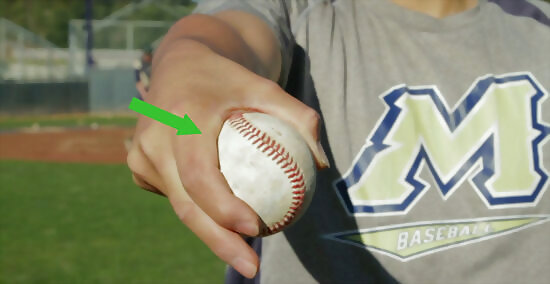
Cock your wrist slightly to the thumb side of the throwing hand. Most pitchers do this to ensure that the ball releases on the thumb-side of your index finger. The movement of this pitch comes from the ball spinning off your fingers. Avoid twisting your wrist. Twisting your wrist can cause injury over time.
Throwing a Slider
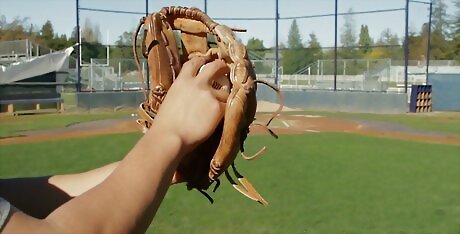
Hide your grip. If the batter can see your grip before the pitch, chances are they will be more prepared for what you are about to throw at them. Hide your grip in your glove to keep players on the other team unaware of the slider you are about to throw.
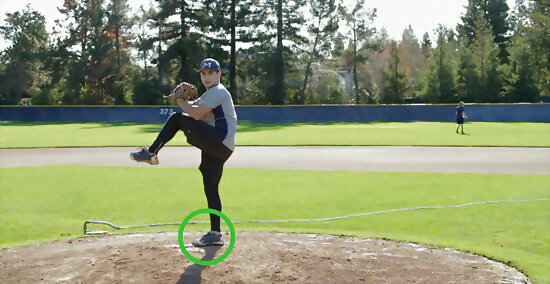
Wind up and throw. Pivot and shift your body weight from the back foot forward toward home plate. Follow through with your motion. Your feet should be parallel at the end of the pitch and your throwing arm should come across the front of your body.
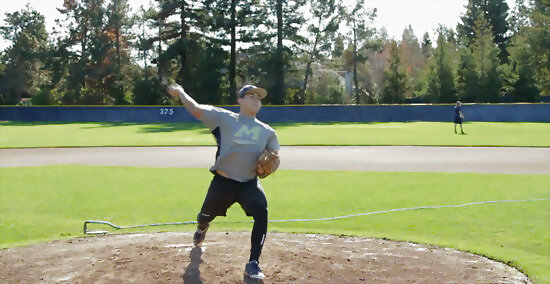
Keep your wrist loose as you release the ball. Remember to have it cocked slightly, but resist the urge to twist it (side to side) it when you release the pitch. As you release, apply pressure with just your index finger to ensure a late break. Try not to drive your wrist forward with more than an adequate amount of force.
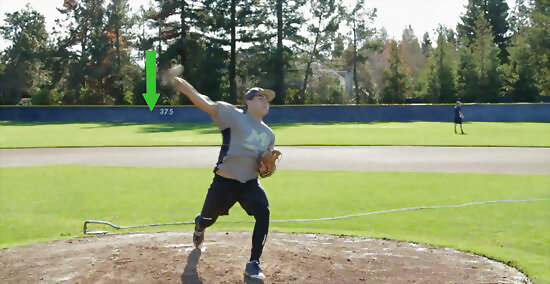
Snap your wrist when releasing a slider. Snap your wrist (up to down) to make the ball drop as it crosses the plate. Remember to let the spin of the slider come from your index finger releasing from the ball, not a twisting of your wrist. Snapping is an up and down motion while twisting is a side to side motion.
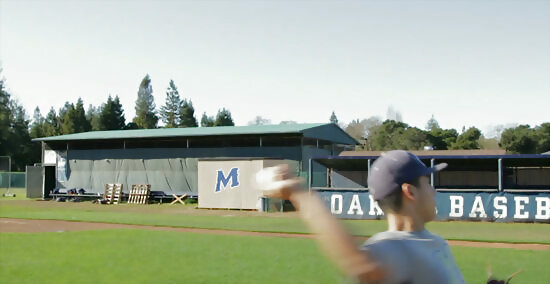
Think fastball as you release the pitch. Prepare to come right down through with your wrist, just like you would with a fastball. The greater the angle created by turning the fingers, the wider the break on the slider
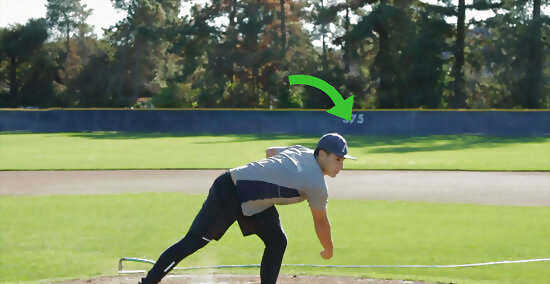
Aim for the slider to break on the inside or outside of the plate. The slider is an effective pitch whether thrown to the same side or opposite side hitters. However, the slider loses its effectiveness if it's thrown directly over the plate. The success of the slider is its ability to break at the last minute and catch the batter off guard. A left-handed pitcher's slider should break down and away from left-handed hitters, and down and in on right-handed hitters. A right-handed pitcher's slider should break down and away from right-handed hitters, and down and in on left-handed hitters.

















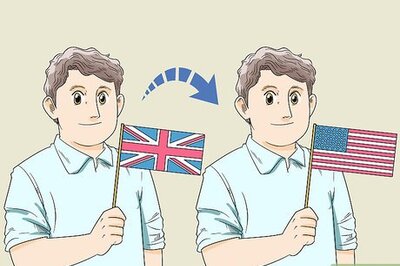

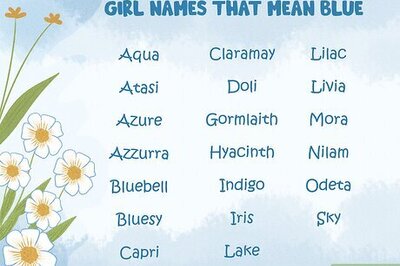
Comments
0 comment